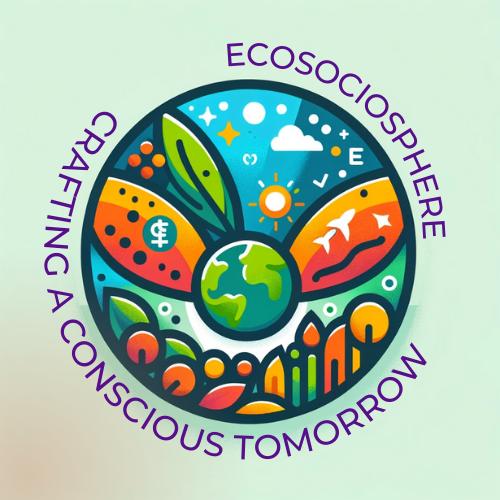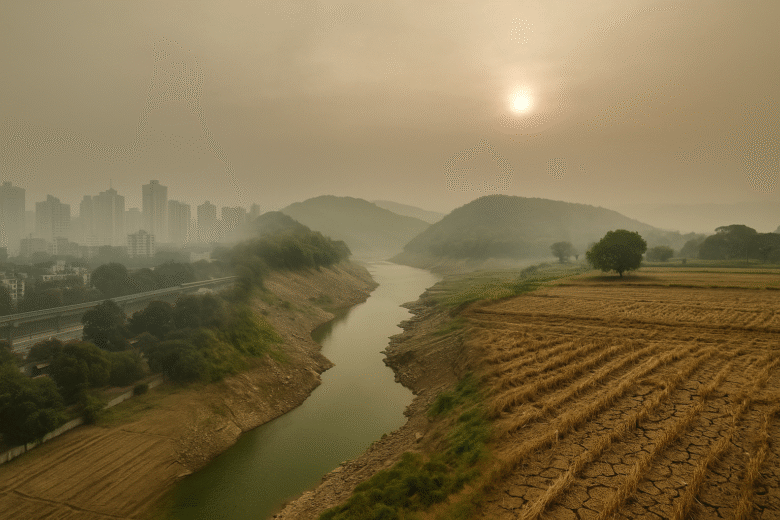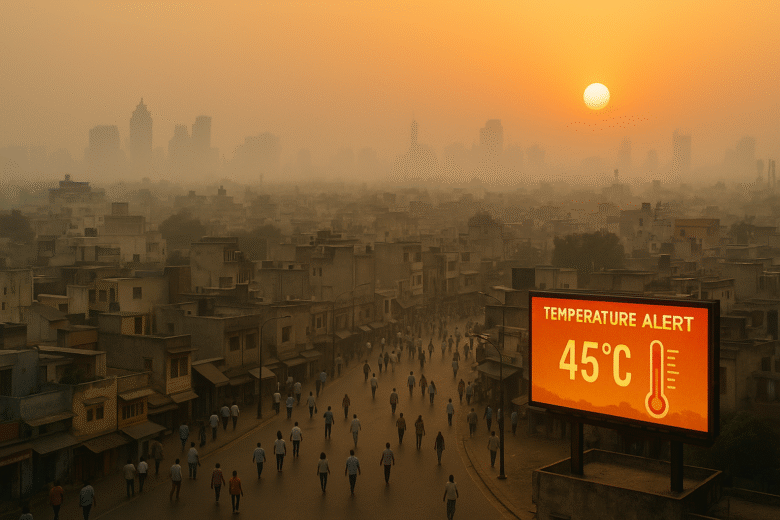Fun Fact: Scientists in Germany actually coined a term for the dramatic behaviour shift in six-year-olds—they call it Wackelzahnpubertät, or “Wobbly-Tooth Puberty.” If your six-year-old has recently started arguing like a teenager, slamming doors (sometimes dramatically but not very effectively), rolling their eyes with surprising skill, or negotiating bedtime with the confidence of a corporate …
Fun fact: It doesn’t take a mountain to make you fall. Sometimes, all it takes is a single rebellious stair—barely a centimetre off. We’ve all been there. You’re walking up a staircase you’ve climbed a hundred times, half-awake, coffee in hand. Then—bam!—your toe snags the edge, your heart lurches, and your dignity tumbles down three …
Fun Fact: The idea of “protected areas” in India owes much to forest policies made during the British colonial era—long before modern ideas of community rights entered the picture. In the contested terrain of environmental protection, the headline “When Forests Become No-Go Zones (for Locals): The Politics of Conservation” calls out a stubborn contradiction. On …
Despite decades of growth, no state in India excels across all major environmental, health and development indicators. That’s the unsettling truth behind “State of India’s Environment 2025: The Grim Story Behind the Numbers”. As a new mosaic of studies layer reveals, climate strain is growing, health stress is spreading and development gains are faltering — …
In April 2025, some parts of the India-Pakistan region experienced temperatures up to 49 °C (120 °F) — not in the peak of summer, but in an early-season surge. That’s the backdrop of “Heatwave 2025: When South Asia Crossed the Temperature Tipping Point.” What we’re witnessing isn’t just another hot season — it’s a sign …
Fun fact: Indigenous and forest-dwelling communities steward lands that hold up to eighty percent of the world’s remaining biodiversity. That stark number underlines why Forest Guardians vs. Bulldozers is not a metaphor but a real struggle of land, rights, and identity. When bulldozers roar through a forest, the very people who have defended those ecosystems …
Fun fact: India just overtook China to become the most populous country in the world, joining a planet now home to over 8 billion human beings. 8 Billion and Counting: Population, Consumption, and the Planet’s Future explores why this milestone matters very much—not just in terms of numbers, but in how those people live, what …
Fun fact: the world’s 74 lowest-income countries account for only about 10% of greenhouse gas emissions, yet they are among those hit hardest by climate disasters. Environmental Justice: Who Bears the Brunt of Climate Change? seeks to dig into why the poorest and most vulnerable often suffer first and worst—and what that says about fairness, …
Fun fact: In 1966, a simple chatbot named ELIZA fooled people into thinking it understood them—just by rephrasing their words into questions. That was nearly 60 years ago, yet here we are in 2025 still asking: Do machines really “understand”? The Turing Test and Its Successors: Can Machines Really ‘Understand’? remains one of the most …
Fun Fact: The Indian monsoon is so powerful that it can actually shift the Earth’s gravitational field during its peak! Every June, we crane our necks toward the sky, looking for a promise in the clouds. The first raindrop isn’t just weather—it’s a relief, a reckoning, and a reminder. “This year again, the sky keeps …










